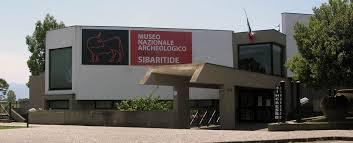Museum History - From Ancient Times to Modern
We humans have innate desire to collect and interpret. From that desire sprang museums as an attempt to save our history and tradition from oblivion. You can find more information about museum history here.
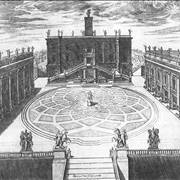
Although there is evidence of museums in times before counting of time, some of the oldest and the most significant museums were founded between 16th and 18th century. Here you can found out more about early museums.
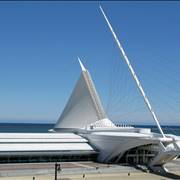
There are many kinds of art museums and they hold many different kinds of art: from ancient to modern. Find out more about history of Art Museums and which art museums are the most visited.
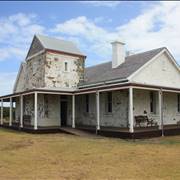
History museums hold facts about histories of peoples and can be in many forms, from important houses to whole sites. Learn more about history museums.
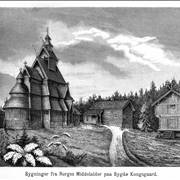
Open-air museums are a special type of museum that displays architecture and life in bygone times. They exist all over the world were not always there. There is more to read about open-air museums.
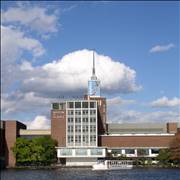
Science museums give a special opportunity for their visitors to see development of science through the ages. Large number of them also gives opportunity to try science hands-on. You can find out more about history of science museums here.
Ducal Castle Museum
The Ducal Castle between 1487 and 1495, the Ducal Castle became the seat of a military garrison owned by the Royal Administration. The construction of the towers on the vertices of the quadrilateral is attributed to this period, according to the cardinal points.
Between 1515 and 1516, Count Bernardino Sanseverino was the promoter of further modifications: the ramparts, the towers, the house, the defense works, the moat and the prisons.
Between 1650 and 1720, Duke Saluzzo, new owners, ordered the construction of the octagonal tower overlooking the Mastio, the chapel of Sant'Agostino and the completion of the roof superstructures.
In 1828 the manor was bought by Giuseppe Compagna. His second son Luigi ordered the execution of the frescoes in the dome of S. Agostino and the elevation of the Mastio tower; the Hall of Mirrors.
In 1872, the work depicting the Madonna delle Rose was ordered with Sant'Antonio Abate and Sant'Agostino on the sides.
In 1971 Francesco Compagna sold the castle, for a symbolic amount, to the Archbishopric Mensa of Rossano.
In 1979, finally, it was purchased by the Municipal Administration of Corigliano which, between 1988 and 2002, followed the last restoration works.

History of the diocesan museum
The first arose in the 19th century. The secularization of ecclesiastical goods that took hold widely during that century had given rise to impressive collections of works of art stripped of churches and convents and mostly merged into state museums, sometimes specially established.
With the return to the dioceses of part of the cult buildings, the relationship towards the ancient liturgical and devotional objects had changed, no longer seen only from a religious point of view, but now also recognized as historical and artistic testimony. With this in mind, the first "Treasures" arose.
Later, starting from the first post-war period, they began to show greater sensitivity on this issue: in 1923 Cardinal Pietro Gasparri sent a circular to the bishops requesting "to conserve, transmit and administer" all sorts of religious works of art that could be found within the diocesan community of competence. The following year a central commission for sacred art was established, which was intended to coordinate the individual diocesan commissions delegated, in addition to the cataloging of the material found, also to the institution of museums.
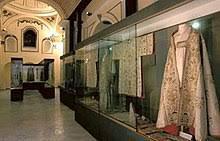
History of the Archaeological Museum of Sibaritide.
The main seat of the museum was built in the nineties on a project by the architect Riccardo Wallach.
The museum houses exhibits that date back from the protohistoric era of Magna Graecia to Roman civilization.
The most interesting testimonies are the result of the excavations in the archaeological park of Francavilla Marittima from whose necropolis the grave goods dating back to the Iron Age come; from the sanctuary of Athena from the 6th-4th century BC religious ornaments and architectural fragments come.
Of great importance is the bronze table with a dedication to Athena belonging to Kleombrotos son of Dexilaos, winner of a race in Olympia, dating back to the beginning of the 6th century a.C.
For some years, a new room has been opened with many pieces returned from various foreign museums, including the US Getty Museum, because they were acquired illegally on the underground market.
